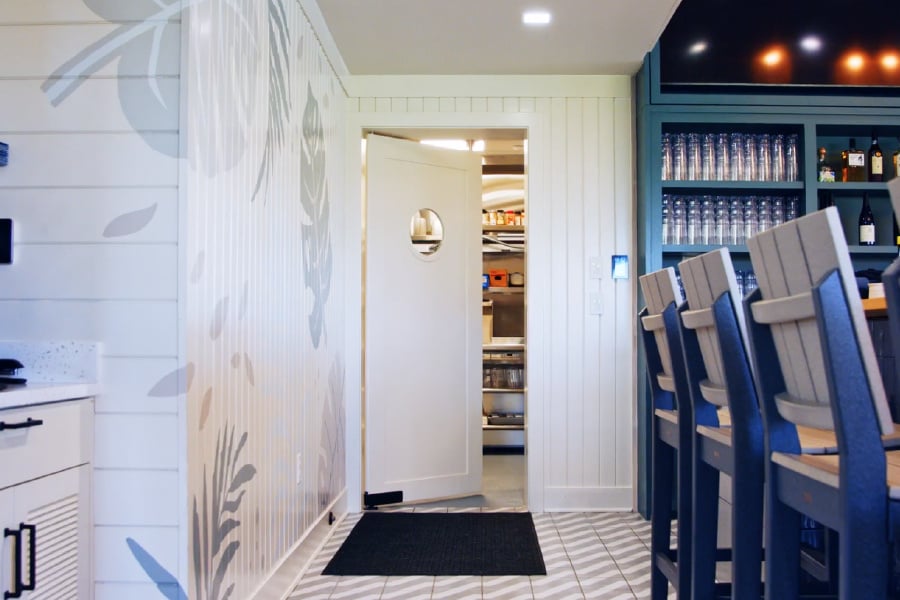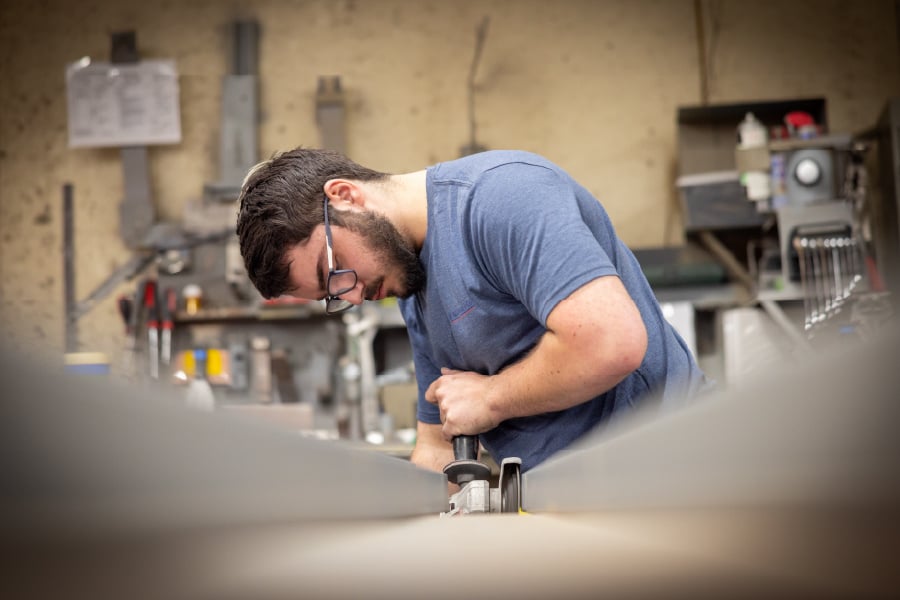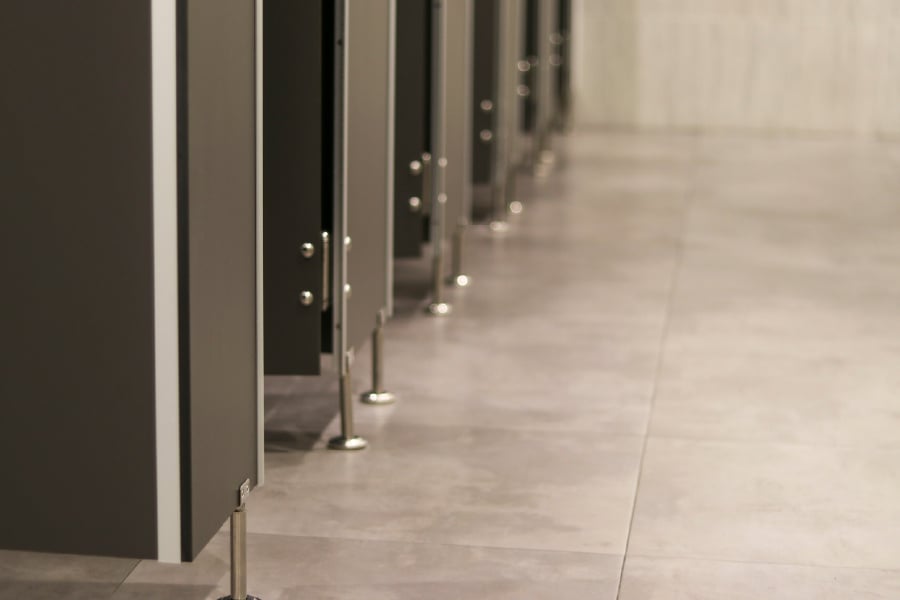
In a high-traffic building, failure doesn’t take long to show up. Hinges pull away from the frame. Latch bolts wear down from constant use. In some spaces, it’s not unusual for hardware to cycle hundreds, even thousands, of times a day. And when the wrong products are installed, you see the results quickly: more repairs, more replacements, more downtime, and more expense.
Choosing the right doors and hardware for high-traffic environments isn’t just about toughness. It’s about balance. You need durability, yes—but you also need usability, maintainability, and long-term performance that makes sense for how the building is used.

What High-Traffic Really Means
It’s not just about volume—it’s also about friction.
A hospital corridor with staff constantly moving equipment on wheels. A school hallway with locker doors banging during passing periods. A stadium restroom with back-to-back waves of visitors. Each environment brings different demands and different failure points.
That’s why high-traffic spaces require more than just "heavy-duty" hardware. They require the right combinations of material, mounting, cycle ratings, and abuse resistance. And they need to be chosen based on how the building actually works, not just what’s in the spec.
Common Failures in High-Use Areas
We’ve seen doors fail for reasons that could have been prevented with the right planning. Hollow metal doors are used where impact-resistant fiberglass is needed. Closers without a back-check or an overhead stop installed in athletic facilities. Locks chosen for aesthetics that couldn’t withstand constant cycling.
When doors and hardware aren’t matched to the environment, the result is a growing maintenance backlog —and growing frustration.
Even minor details matter: the difference between a Grade 2 and Grade 1 closer, the hinge screw pattern, the reinforcements inside the frame. These choices all contribute to how long the opening performs before it needs attention.
What to Look For in High-Traffic Openings
The best-performing systems share a few characteristics. They’re reinforced for abuse. They’re built with higher cycle ratings. They integrate smoothly with access control systems without compromising durability. And when maintenance is needed, they’re easy to service without special tools or long lead times.
We often recommend:
-
Heavy gage hollow metal or specialty door offerings for function and durability
-
Grade 1 hardware with high-cycle testing for closers, locks, and exit devices
-
Robust door control options for challenging environments
-
Continuous hinges or heavy-duty butt hinges with security features
But more important than the spec is the fit. A door that works in a hospital corridor may not work in a middle school stairwell. The right choice depends on your environment, and we will help you find it.

S.A. Morman Helps You Get It Right the First Time
Our team works with facilities across Michigan to select and supply doors and hardware that hold up under pressure. That means asking the right questions up front, adjusting specs based on your actual usage patterns, and providing recommendations that prioritize function and reliability over product hype.
We don’t just drop ship what’s in the catalog. We guide, we verify, and we support your systems long after they’re installed.

The Bottom Line
Doors and hardware in high-traffic spaces are not where you want to take chances. What looks good on a drawing may not last a year in the field.
Let’s talk about how your building really works. We’ll help you build a plan that holds up—not just through inspection, but through every use, every day.

